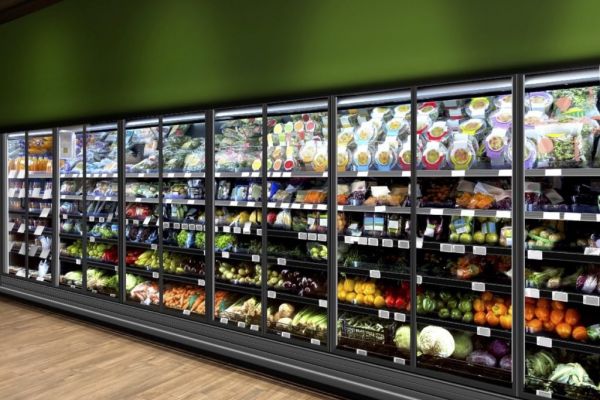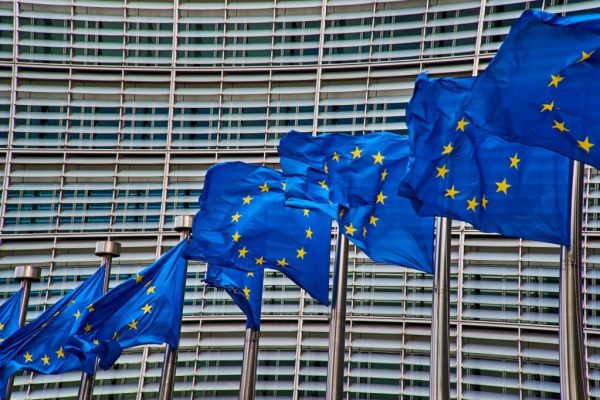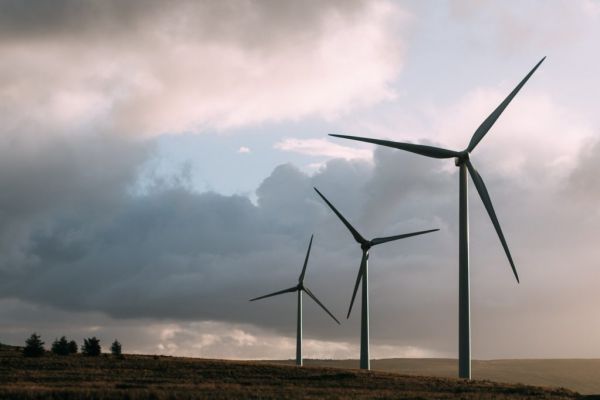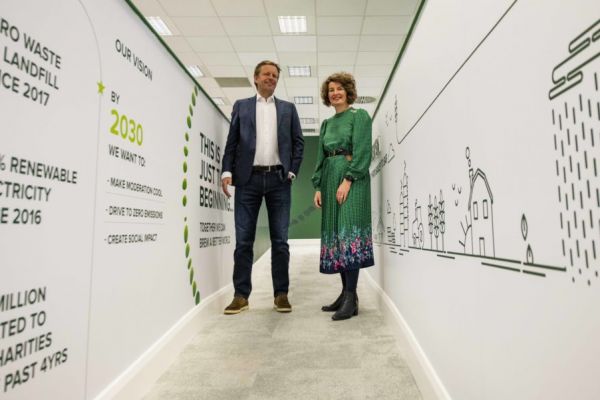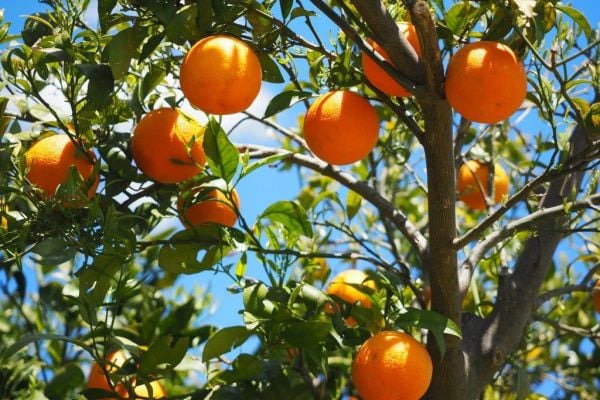While CO2 shortages are making the headlines, broader concerns over the price of fertiliser could lead to a rethink when it comes to food production in the future. Nick Peksa reports. This article first appeared in ESM's November/December 2021 edition.
Once again, Europe is facing severe CO2 shortages. The shortage first occurred in the UK, when three out of the four major CO2 producers closed their production facilities. This was compounded further when five European manufacturers also took their production capacities offline.
In the UK, the government has stepped in and delayed the crisis until early 2022 by providing some support to one of the major producers, to ensure a restart of production in the short term, whilst alternative CO2 sources are developed.
The uses of CO2 in the food industry are manifold: it is used to stun livestock before slaughter (e.g. pigs, chickens); to carbonate soft drinks and alcoholic beverages; to dispense drinks and beers in pubs; to promote the growth of plants in greenhouses; to transport fresh food (as dry ice); and to extend the shelf life of products within sealed packaging.
Because of the shortages, CO2 has increased fivefold in price, from £200 (€237) to £1,000 (€1,186) per tonne. These price increases will initially be absorbed by the industry, however, there could be some long-term supply chain issues on the horizon when you consider how CO2 is manufactured.
Production Of CO2
Currently, the only cost-effective way of producing CO2 is as a by-product of the fertiliser industry, and this requires large volumes of natural gas. The importance of natural gas to the fertiliser industry is significant: it is believed that 5% to 6% of the global production of natural gas is being used for fertiliser production.
The supply issues of CO2 occurred when global natural gas prices rose dramatically – since the start of 2021, the wholesale price of natural gas has increased by some 250%. Rises of this magnitude are crippling to the ammonia-based fertiliser industry, as approximately 90% of the cost of producing a nitrogen-based fertiliser is linked to the production of natural gas.
The depletion of European supplies of natural gas started last winter, on the back of cold weather, and stocks have never fully recovered. Further pressure has been placed on supplies by strong demand from Asia for liquefied natural gas. Also, we must factor in the control that Russia has, and how this affects the speculators in the futures market.
It appears that Russia, a major supplier of natural gas, has a particular agenda relating to German gas supply pipelines. Russia would like to start using the Nord Stream 2 pipeline that links the country to Germany, however, approval is required from the EU. Although it has been denied by the central government, many people suspect that supplies are being squeezed to force through the Russian agenda.
Increases In Fertiliser Pricing
Based on the price increases for natural gas, production of fertiliser is no longer economically viable. As previously mentioned, this has resulted in the shutdown of many fertiliser production units. It is therefore unsurprising that the price of nitrogen-based fertilisers has increased sharply. Compounds like diammonium phosphate (DAP) have reached their highest pricing levels for a decade.
This spike in fertiliser pricing becomes problematic at this time of the year, as global farmers are starting to consider their planting plans for 2022. Fertiliser plays an important role in farming, as it adds and replaces nutrients to the soil, as well as increasing crop yields, however, it also makes up a significant proportion of the operating expenses of growing crops.
As an example, in 2020, you would have required 45 tonnes of fertiliser per hectare to grow potatoes – this equates to 5% of the total growing cost. The percentage of costs increases to 25% for crops like sugar beet, where 78 tonnes of fertiliser is required per hectare.
Farmers have some choices to make: do they pay higher prices for fertiliser (increasing expenses), do they apply less fertiliser (resulting in reduced yields), or do they take a different planting decision and select a crop that requires less fertiliser (reducing supply)? All three decisions will have a negative impact on the end-pricing of crops.
Ending Thoughts
Whilst there may not be an immediate impact on retail prices due to CO2-related issues, there could be some short-term supply concerns regarding the availability of pork and chicken. Initial indications imply that culls are occurring whilst there is the availability of CO2.
What is more concerning is the bigger picture relating to fertiliser pricing. With the price hike in fertilisers, we should expect a changing dynamic of global crop production, with potential shortages in corn and other fertiliser-intensive crops. On the positive side, if most farmers decide to plant less needy crops, this may result in an oversupply in some markets, such as soybeans or wheat.
Overall, I suggest that we stop worrying about the bubbles in our beer and start preparing for food inflation. I predict that 2022 will be a year where strong food inflation is seen across a wide range of commodities and raw materials.
For more information, contact [email protected].
© 2021 European Supermarket Magazine. Article by Nick Peksa. For more Supply Chain news, click here. Click subscribe to sign up to ESM: European Supermarket Magazine.

